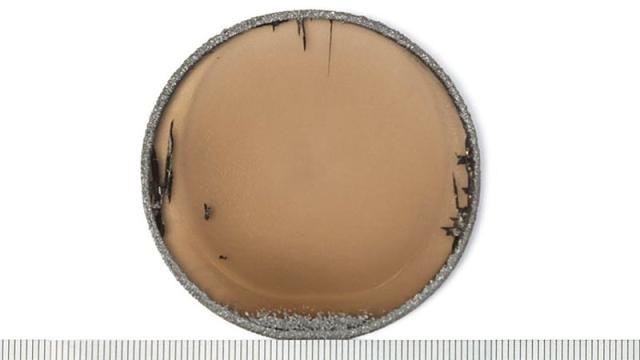Don’t toss your hard drives, SSDs, and RAIDs just yet, but a company with an expertise in making precision jewel-based industrial tools has partnered with researchers from Japan’s Saga University to create a diamond wafer that’s both pure enough and large enough to be used in quantum computing applications, including memory with a mind-blowing storage capacity.
As we marvel at holding 4TB of data in the palm of our hands, there are storage breakthroughs on the distant horizon that make the tiny bumps in capacity we see year over year seem like trivial advancements. Quantum computing is still in its infancy, and potentially even still in the womb, but it holds an incredible amount of promise when it comes to computing power (you can read our comprehensive quantum computing explainer here) which applies to storage too. But there are a lot of hurdles to overcome, including finding the right materials to build these systems from.
Diamond holds a lot of potential as a storage medium for quantum computing thanks to a structural defect known as a nitrogen-vacancy centre that can be used to store data as qubits (short for quantum bit) at room temperature, but the process used to manufacture diamonds in a lab relies on nitrogen, and too much nitrogen in the final product can hinder its ability to reliably store qubits. In order for diamonds to be used in quantum computing applications, they have to be incredibly pure, with a nitrogen concentration of less than three parts per billion. To date, diamond wafers with that level of purity have been limited to just four-millimetres in size, making them too small for practical applications.

But the Adamant Namiki Precision Jewellery Company, working with researchers from Saga University, have developed a new manufacturing process that can produce diamond wafers that are two-inches in size, with a nitrogen purity that’s less than three PPB. The trick was to create a sapphire substrate — the surface material that diamond wafers are grown on — with a stepped structure that was tilted so that as the diamond crystals grow, they spread out laterally. This reduces stresses and cracking that can degrade quality. Nitrogen gas is used to accelerate the crystal’s growth rate, but this new approach minimizes the amount of nitrogen needed, improving the purity of the final diamond wafer.
Using quantum memory techniques, it’s estimated that a two-inch diamond wafer will have enough data density to store the equivalent of one billion Blu-Ray discs worth of data, or roughly 25 exabytes. That’s staggering, and could theoretically solve the world’s data storage needs, but despite the Adamant Namiki Precision Jewellery Co. planning to commercialize this new manufacturing technique as early as next year, it will be quite a while before you can order a new smartphone with 25 exabytes of data onboard.
